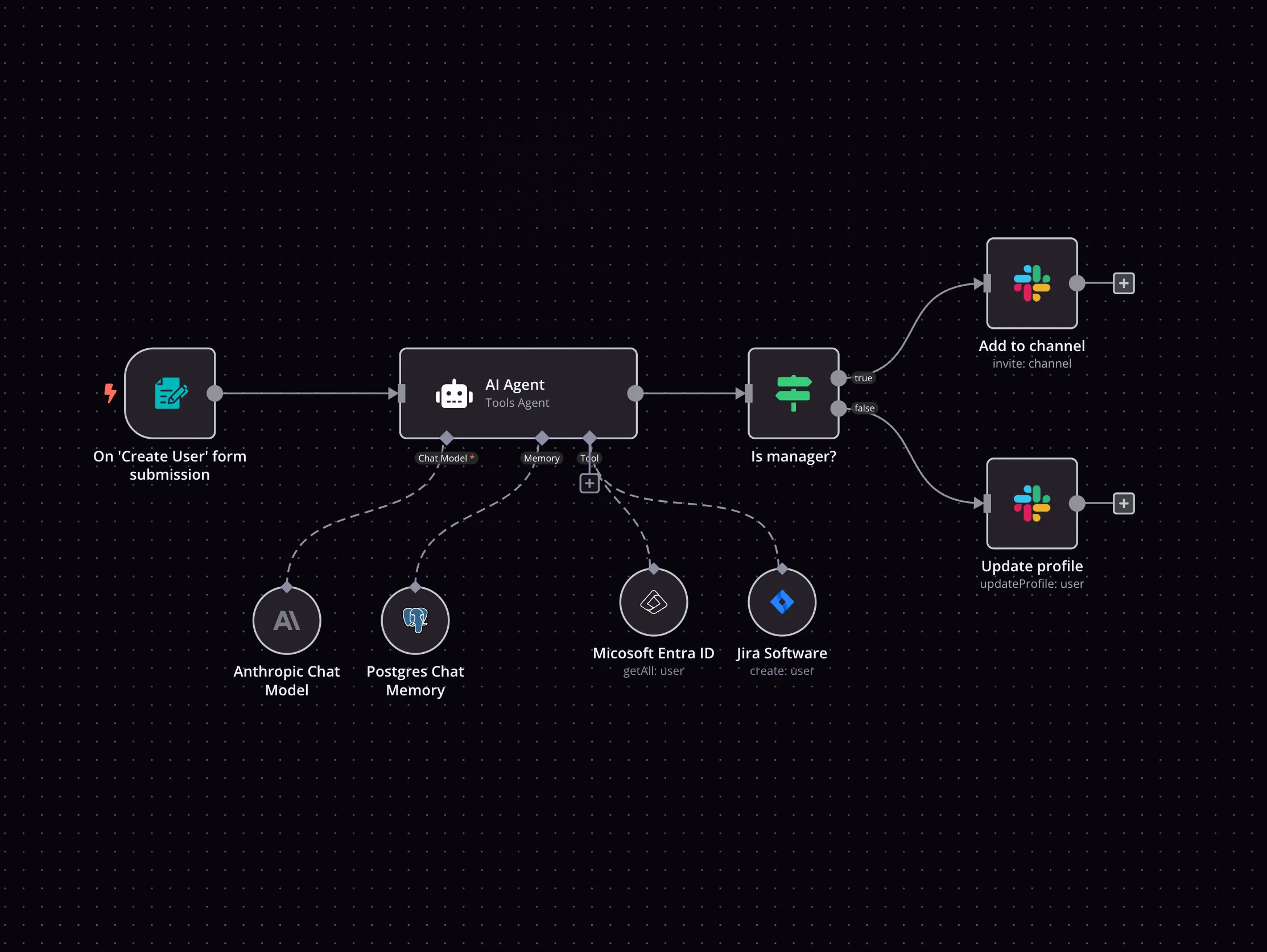Cloudinary and Google Vertex AI integration
Save yourself the work of writing custom integrations for Cloudinary and Google Vertex AI and use n8n instead. Build adaptable and scalable workflows that work with your technology stack. All within a building experience you will love.


How to connect Cloudinary and Google Vertex AI
Create a new workflow and add the first step
In n8n, click the "Add workflow" button in the Workflows tab to create a new workflow. Add the starting point – a trigger on when your workflow should run: an app event, a schedule, a webhook call, another workflow, an AI chat, or a manual trigger. Sometimes, the HTTP Request node might already serve as your starting point.
Build your own Cloudinary and Google Vertex AI integration
Create custom Cloudinary and Google Vertex AI workflows by choosing triggers and actions. Nodes come with global operations and settings, as well as app-specific parameters that can be configured. You can also use the HTTP Request node to query data from any app or service with a REST API.
What can you do with Cloudinary?
Upload From URL
Upload an asset from URL
Upload File
Upload an asset from file data
Update Asset Tags
Update tags for an existing asset
Update Asset Structured Metadata
Update structured metadata for an existing asset
Get Tags
Get all tags for a specific resource type
Get Metadata Fields
Get all metadata fields definitions
Supported API Endpoints for Google Vertex AI
Generate content
This endpoint generates content based on the input provided.
Call function
This endpoint allows for calling functions as part of the generative tasks.
Ground content
This endpoint grounds the content to ensure relevance and context.
List API errors
This endpoint retrieves potential API errors that can occur during requests.
Generate text embeddings
This endpoint generates embeddings for given text inputs.
Generate multimodal embeddings
This endpoint generates embeddings that leverage multiple modalities.
Generate and edit images
This endpoint is used for generating and editing images based on input specifications.
Use code completions
API for generating code completion suggestions.
Perform batch predictions
API for executing batch predictions on data.
Batch prediction
API for performing batch prediction.
Tune models
API for tuning machine learning models.
Tuning model parameters
API for tuning model parameters.
Rapid evaluation
API for quickly evaluating model performance.
Evaluate model performance
API for rapid evaluation of models.
Use LlamaIndex
API for accessing the LlamaIndex for retrieval-augmented generations.
Manage extensions
API for managing custom extensions.
Manage extensions
API for handling extensions.
Count tokens
API for counting tokens in text inputs.
Use reasoning engine
API for performing reasoning tasks.
Utilize reasoning engine
API for using the reasoning engine capabilities.
Use MedLM API
API for accessing medical language models.
Access MedLM
API for accessing MedLM functionality.
Generate and edit images
API for generating and editing images.
Access LlamaIndex
API for accessing LlamaIndex functionality.
Count tokens
API for counting tokens in text.
To set up Google Vertex AI integration, add the HTTP Request node to your workflow canvas and authenticate it using a generic authentication method. The HTTP Request node makes custom API calls to Google Vertex AI to query the data you need using the API endpoint URLs you provide.
See the example hereThese API endpoints were generated using n8n
n8n AI workflow transforms web scraping into an intelligent, AI-powered knowledge extraction system that uses vector embeddings to semantically analyze, chunk, store, and retrieve the most relevant API documentation from web pages. Remember to check the Google Vertex AI official documentation to get a full list of all API endpoints and verify the scraped ones!
Cloudinary and Google Vertex AI integration details

Google Vertex AI
Google Vertex AI is a unified machine learning platform that enables developers to build, deploy, and manage models efficiently. It provides a wide range of tools and services, such as AutoML and datasets, to accelerate the deployment of AI solutions.
Related categories
FAQ
Can Cloudinary connect with Google Vertex AI?
Can I use Cloudinary’s API with n8n?
Can I use Google Vertex AI’s API with n8n?
Is n8n secure for integrating Cloudinary and Google Vertex AI?
How to get started with Cloudinary and Google Vertex AI integration in n8n.io?
Looking to integrate Cloudinary and Google Vertex AI in your company?
The world's most popular workflow automation platform for technical teams including
Why use n8n to integrate Cloudinary with Google Vertex AI
Build complex workflows, really fast


